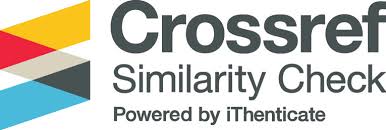PENERAPAN AKUNTABILITAS DAN TRANSPARANSI PENGELOLAAN DANA BOS DI SMP N 3 SUKAWATI DALAM PROGRAM RKAS
Abstract
The application of accountability and transparency in the management of BOS funds at SMP N 3 Sukawati in the RKAS program. One form of education funding comes from the government, namely the School Operational Assistance (BOS) fund. BOS funds require transparent and accountable management.
This research aims to identify and understand the application of accountability and transparency in the management of BOS funds at SMP N 3 Sukawati in the RKAS program. This research uses a qualitative method with a comparative descriptive approach. This aims to assess the application of accountability and transparency in the management of BOS funds at SMP N 3 Sukawati in the RKAS program. Collecting data using observation, interview, and documentation techniques.
The results of this study indicate that the application of accountability and transparency in the management of BOS funds in the RKAS program at SMP N 3 Sukawati is interrelated and has been going well. The implementation of accountability has gone well. Reporting on BOS funds is intended not only for the party providing the budget, but also for channeling it to the party receiving the budget. The implementation of transparency at the planning stage is quite good and can encourage increased accountability. It can be seen that information disclosure and community involvement in SMP N 3 Sukawati are well implemented. The use of funds is according to the needs of students and is guided by national education standards. One application of the principle of transparency is that the community is involved in the process of managing school funds, especially BOS funds







